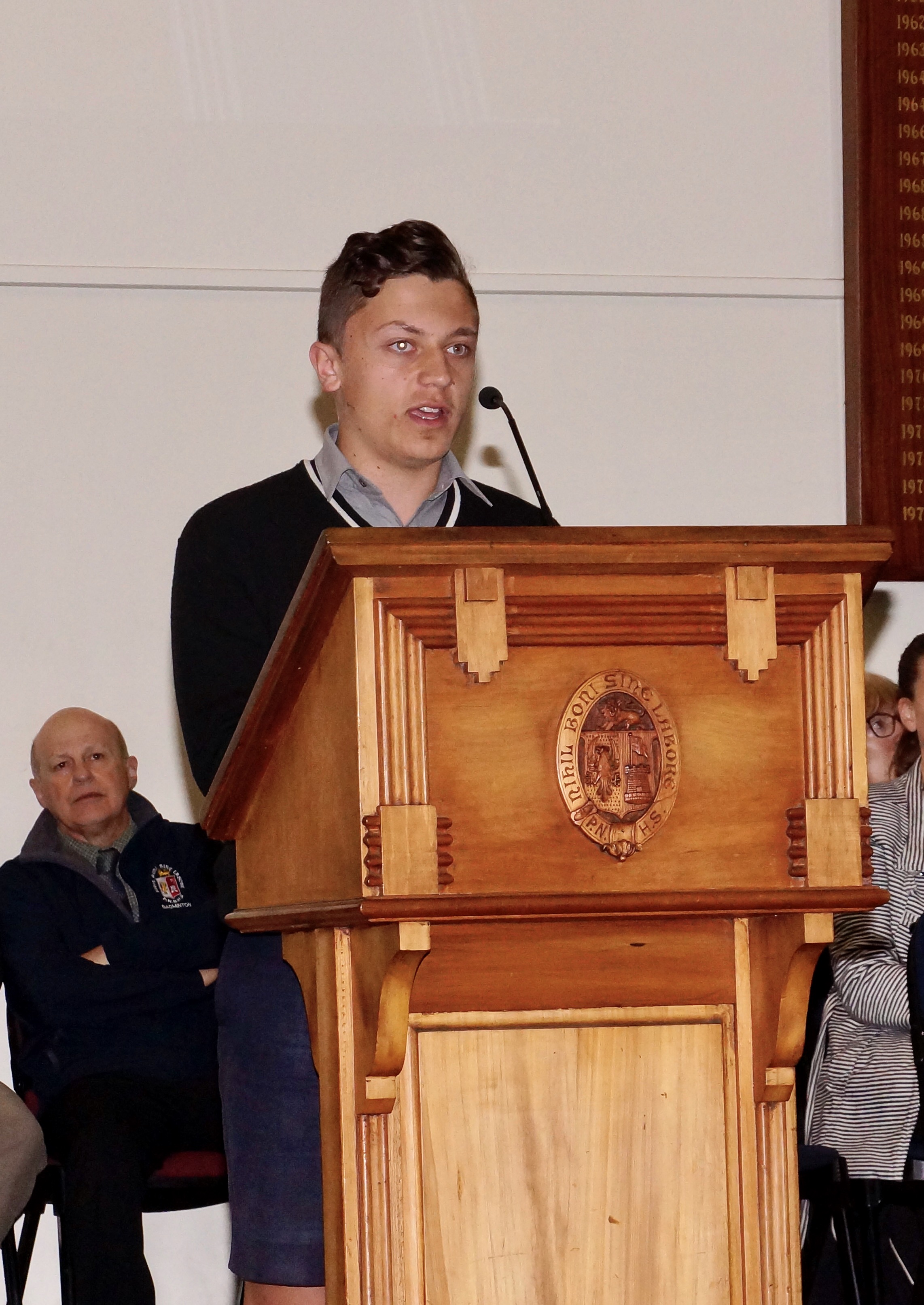In recent years there has been much discussion and debate around the possible introduction of a public holiday in New Zealand to commemorate the New Zealand Wars. While a public holiday does not appear to be likely in the near future, commemoration activities have taken place over the last few years. In 2016 the government provided funding and support for a national commemoration day and subsequently the date of 28 October was designated the official commemoration date.
October 28, next Monday, is a public holiday this year as it coincides with Labour Day. As there is no school next Monday, we have invited Piripi Pinfold-Whanga to make a presentation about the New Zealand Wars and why it is important that this very important of New Zealand’s history is recognised and remembered.
“In 1831, missionary William Yate, along with 13 chiefs from the northern iwis sent a letter to WIlliam IV of Britain, requesting his protection of the nation. As a result, two years later, James Busby arrived from Britain as a newly appointed ‘British Resident’ in New Zealand. This was an official position given by William IV with the hope to protect the nation of New Zealand. This was decided as many early European settlers, whalers, and traders were misbehaving and the laws of New Zealand were lacking. On his arrival, he was not well equipped. With just himself and no army or police force to support him, he was forced to use diplomacy to achieve anything. Many early New Zealanders described Busby as a ‘Man of War, Without Guns.’
One of Busby’s first missions was to create a national flag as many of the New-Zealand owned ships that were created by iwis were becoming endangered as they did not fly a national flag. In 1834, Busby called together a number of local chiefs to vote for a national flag. The chiefs, after weeks of deciding, chose a flag that became known as the United Tribes flag. With this joint decision, Busby hoped to bring a sense of inter-tribal cooperation to New Zealand. Lucky he did, because the following year in 1835, the tables had turned. A Frenchman, known by the name of Charles Philippe Hippolyte de Thierry was known to be heading to New Zealand with a devious plan to declare a sovereign and independent state of Hokianga. Devastation ensued in New Zealand because the countless years the Maori had taken to build a nation of protection and independence was about to be destroyed. This was the hardest mission Busby had by far.
A number of northern chiefs were brought down to Waitangi on the 28th of October 1835 by Busby to sign what we know today as the Declaration of Independence. 34 northern chiefs had signed that day, with 52 signed by 1839. These included signatures from Potatau Te Wherowhero, who later became the first Maori King, and chief Te Hapuku, of Ngati Kahungunu.
Four articles were included in this signing, the first article declared an independent state, and the chiefs called themselves ‘Te Whakaminenga o Nga Hapu o Aotearoa’, the United Tribes of New Zealand.
The Second article declared the kingitanga ( sovereign power ) and mana i te whenua ( authority in the land ) to be held by the northern chiefs in their collective capacity. Also declaring that laws were to be made by a congress of the nation.
The third article declared that the congress met at Waitangi each autumn to frame laws for the nation.
And the final article declared that King William will act as protector of our country.
Five years later, in 1840, the Treaty of Waitangi was signed.
This time of the year is a really important time of acknowledgement for not just ourselves but as a school. If Busby had not created what he did, we most likely would have been a French nation. All the Maori values and traditions that our country upholds would have perished. I’ll finish with a Maori quote that sums up Busby’s’, and the chief’s missions. ‘Pai tu, pai hinga, Nawai ra, ka oti.’ Good to stand, good to fall, continue on and eventually the work is completed. We all have missions in our life boys, sometimes we have ideas on how to conquer them but we’re afraid of failure. But ask yourself this, how do you want to be remembered when you pass on? A person who is shy of their failure, or a person who is proud of their success? The choice is yours.”
The New Zealand Wars were a series of conflicts that lasted from 1845 until 1872. In a recent publication historian Vincent O’Malley estimated that deaths from Maori combatants between 1865 and 1869, when the fighting was most intense, were “more than 10 times higher than New Zealanders killed in the First World War as a percentage of the total population and nearly thirty times higher than the comparable Second World War figure.” Additional to this terrible toll in human lives, more than 3.6 million acres of land were confiscated from Maori, in many cases prime productive agriculture land, or sought-after land for European settlement. As we do with other conflicts that New Zealanders have fought in, it is important that we remember the impact of the New Zealand Wars.
